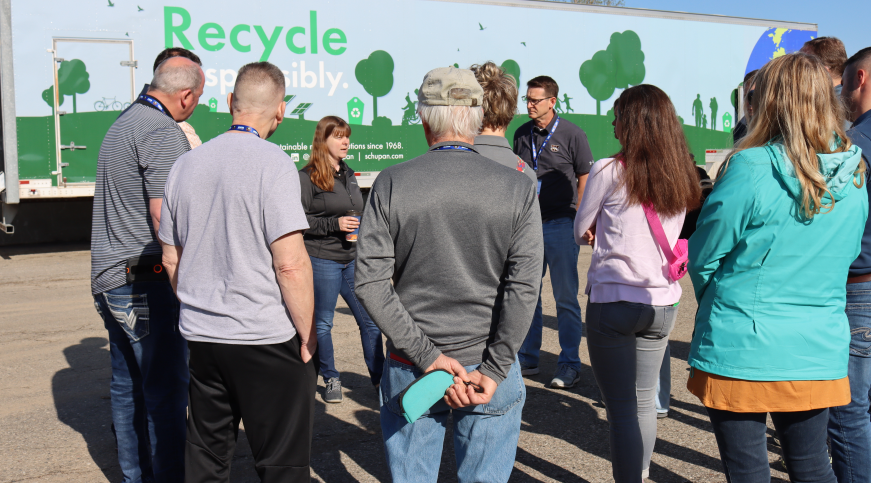SUSTAINABLE EVENT SOLUTIONS.
CUSTOMIZED PROGRAMS
Helping our clients and their stakeholders reach their sustainability goals.
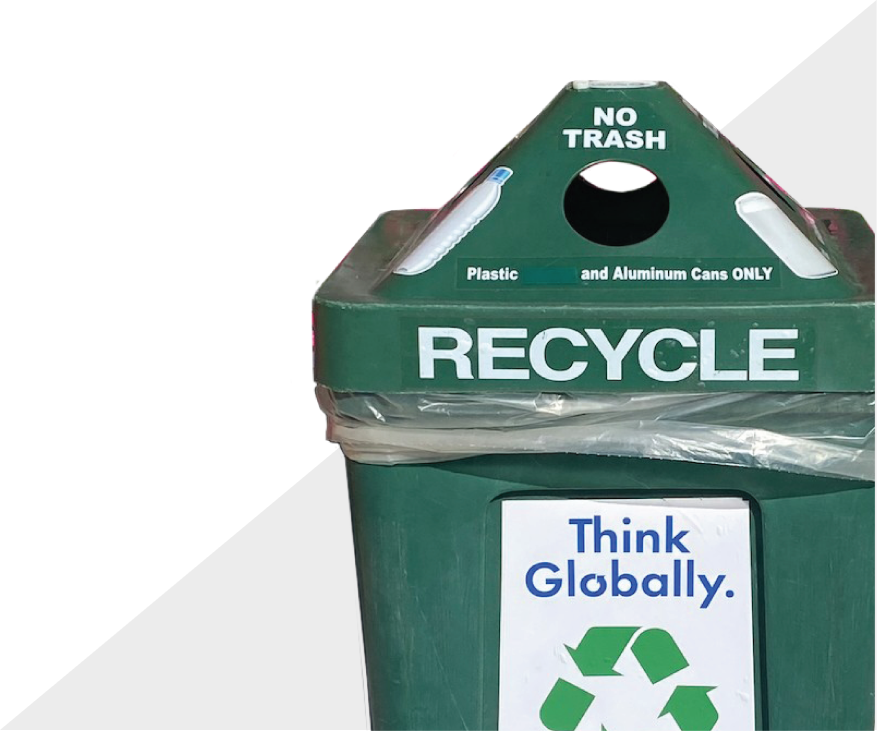
CUSTOMIZED PROGRAMS
Helping our clients and their stakeholders reach their sustainability goals.
SUSTAINABILITY IN EVENTS & PUBLIC SPACE RECYCLING
Since 2008, we have partnered with events and cities across Michigan and the Midwest to provide event and public space recycling solutions. With our partners, we’ve diverted more than 3.1 million pounds of material from landfills.
- Waste Reduction & Zero Waste
- Onsite Staffing
- Equipment Rental
- Food Waste Composting
- Certifications Execution
- Carbon Calculations
- Turn-key Program Management
- Water & Energy Management Plans

SUSTAINABILITY WORKS WHEN WE DO THE WORK.
We support our partners with every step of their sustainability journey from program design to execution and legacy planning. We can provide full transparency within our waste reduction streams and for those materials handled directly by us, we guarantee a 98.7% recyclability rate.
564
National & Local
Programs.
1,989
Tons of Material
Diverted From Landfills.
25.2
Million People Reached.
CREATE
COLLABORATE
COMMUNICATE
CULTIVATE
CREATE
CREATE
Through an initial assessment, we work with you to establish your sustainability objectives and evaluate your current operation to identify practical goals, cost-saving measures, challenges, solutions, and resources that fit within your budget and footprint.
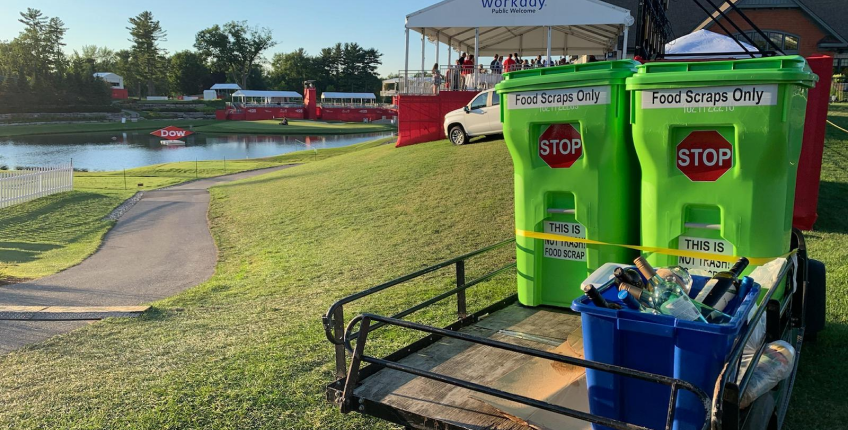
COLLABORATE
COLLABORATE
We engage with your stakeholders, sponsors, and community
to coordinate services and local partnerships to understand potential environmental impacts and maximize the value of your program.
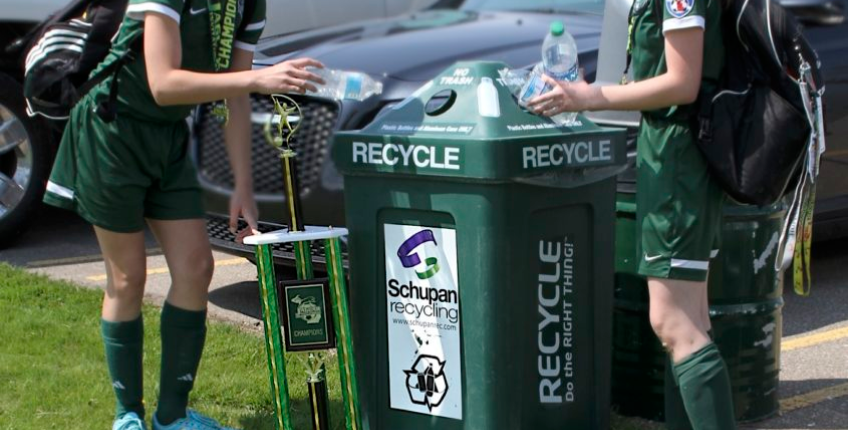
COMMUNICATE
COMMUNICATE
Raising awareness about your program can directly enhance your bottom line and serve as a marketing tool for sponsorship and brand development. We provide services such as messaging and signage on our fleet of recycling bins that can be fully customized for brand and sponsor recognition, ensuring a tailored approach to your needs.
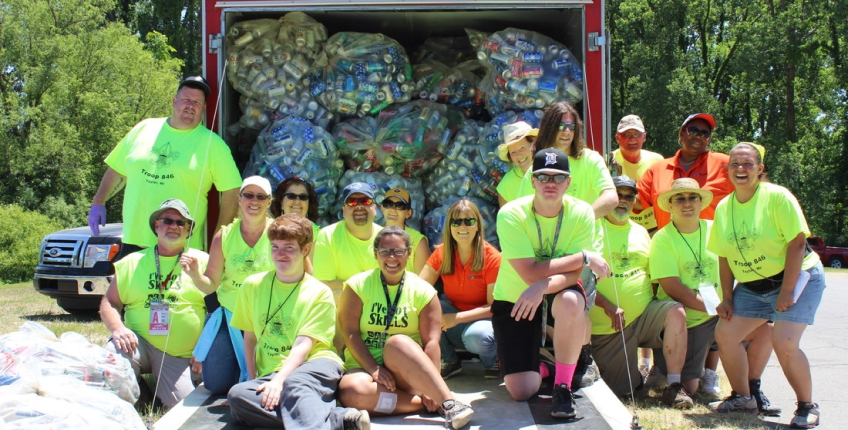
CULTIVATE
CULTIVATE
We empower your customers, staff, and community to embrace the sustainability initiatives at your event or venue. By connecting your event or venue to significant environmental initiatives or corporate commitments, we facilitate a deeper engagement with your sustainability efforts. Additionally, we offer comprehensive data reporting, tracking, and assessment of environmental impact to ensure transparency and accountability.

SUSTAINABILITY BUILT FOR YOU.
Engage with your attendees and stakeholders by becoming a sustainable leader in your community when you partner with Schupan to create a program for your event.
PROGRAM EXECUTION.
CONSULTING.
SPEAKING & TRAINING.
PROGRAM EXECUTION.
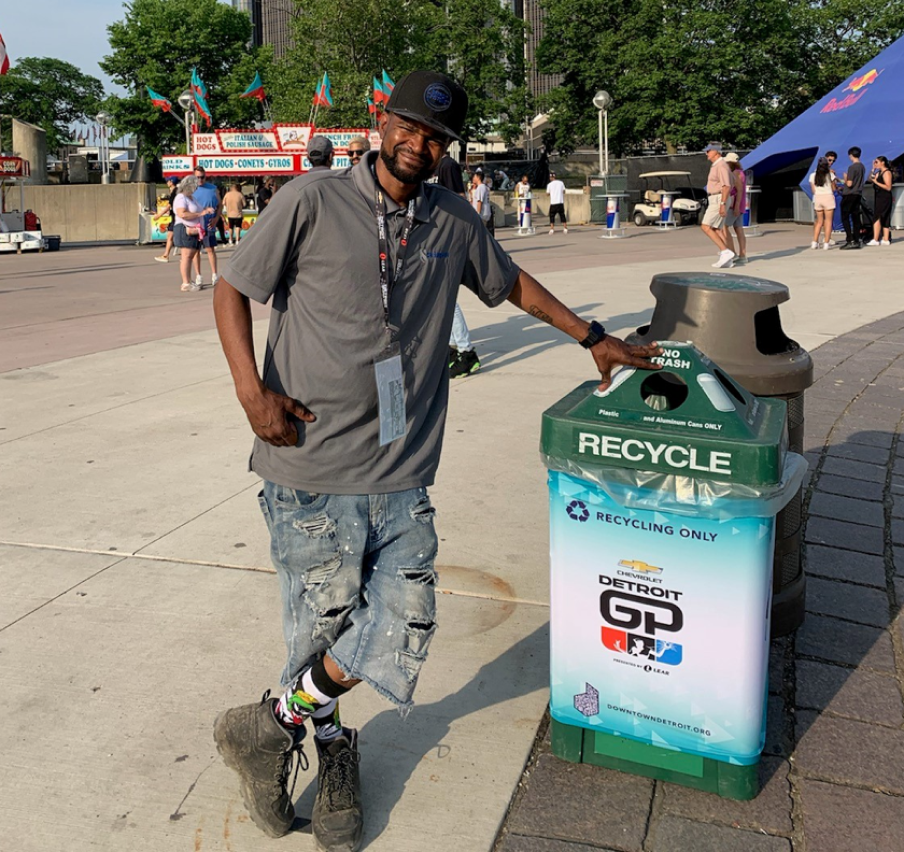
PROGRAM EXECUTION.
We offer turnkey solutions for refuse handling, procurement, transportation, clean energy and water, recycling, and compost programs. We also provide on-site event staff and equipment.
CONSULTING.
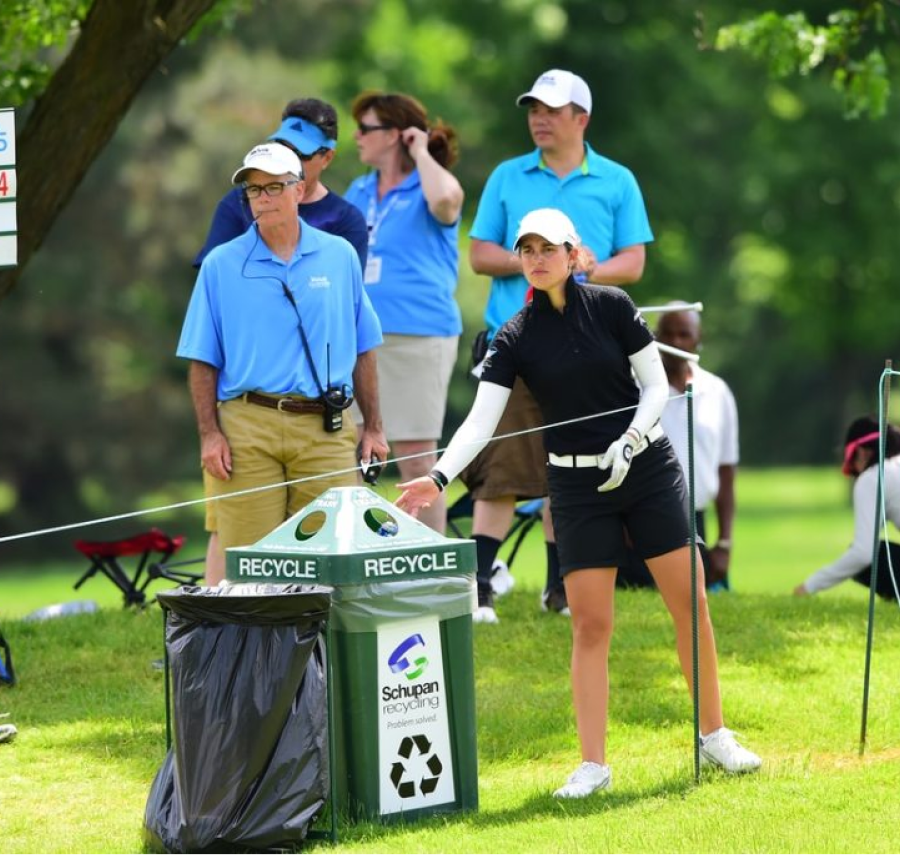
CONSULTING.
Through thoughtful program design & execution, our team will work with you on event and venue RFPs, sustainability action plans, and recycling mandates and policies.
SPEAKING & TRAINING.

SPEAKING & TRAINING.
Be recognized as a sustainable leader in your community. With our customizable presentation topics, staff, and educational training, your sustainability program will shine.

PROGRAM EXECUTION.
We offer turnkey solutions for refuse handling, procurement, transportation, clean energy and water, recycling, and compost programs. We also provide on-site event staff and equipment.
PROGRAM EXECUTION.
CONSULTING.
SPEAKING & TRAINING.

CONSULTING.
Through thoughtful program design & execution, our team will work with you on event and venue RFPs, sustainability action plans, and recycling mandates and policies.
PROGRAM EXECUTION.
CONSULTING.
SPEAKING & TRAINING.

SPEAKING & TRAINING.
Be recognized as a sustainable leader in your community. With our customizable presentation topics, staff, and educational training, your sustainability program will shine.

